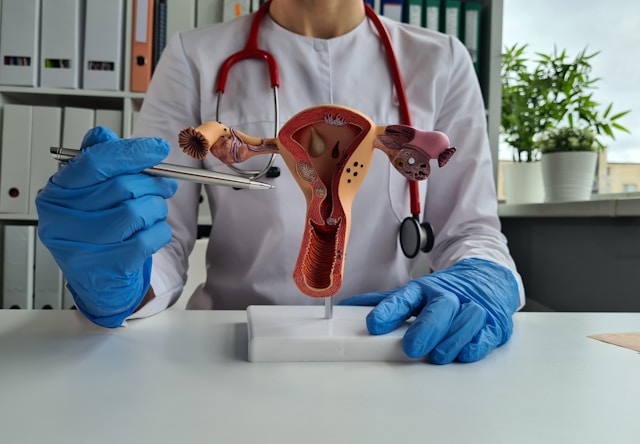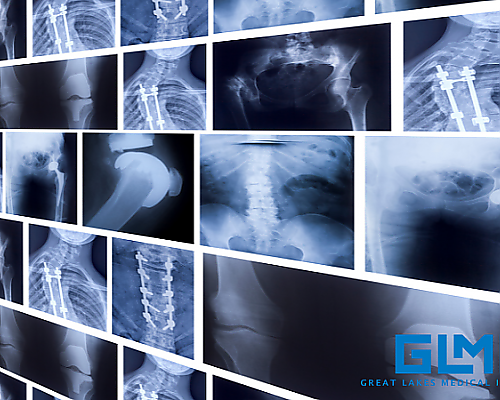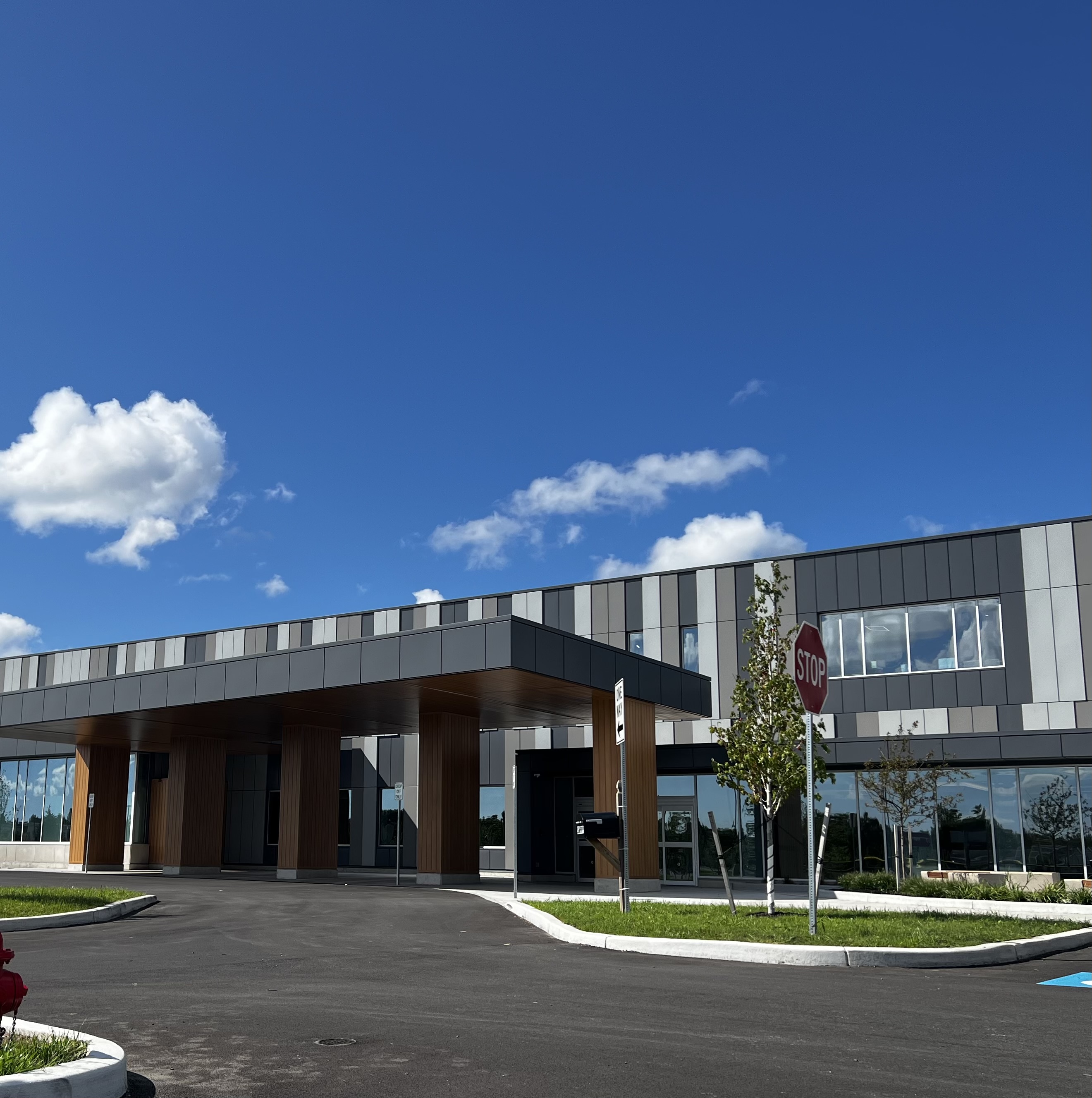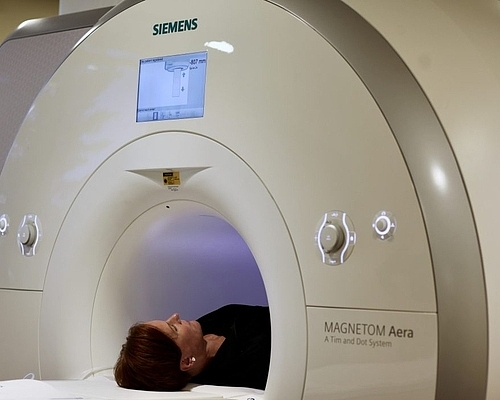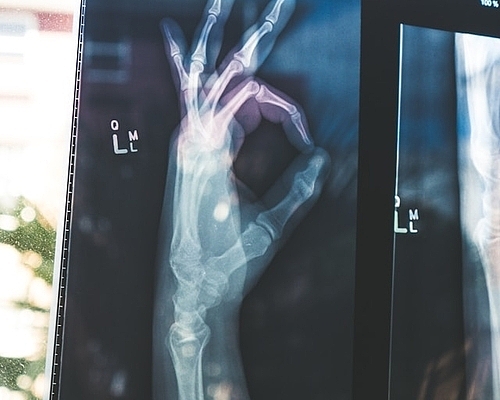Our Blog
Demystifying Varicose Veins: Insights for Cheektowaga, NY Citizens
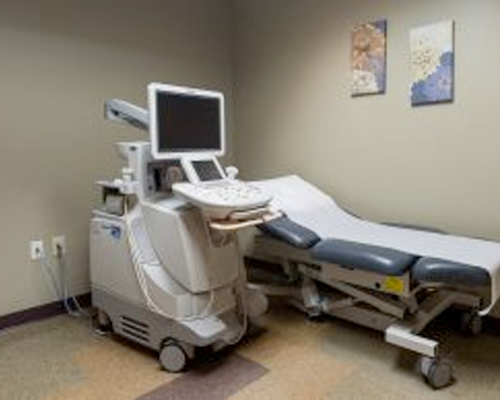
Varicose veins can be a perplexing health issue, marked by enlarged, swollen, and twisting veins, often appearing blue or dark purple. Despite being a common condition, varicose veins are shrouded in a cloud of myths and misunderstandings. This article seeks to demystify varicose veins, providing crucial insights for the citizens of Cheektowaga, NY.
What Are Varicose Veins?
Varicose veins are a result of weakened valves or walls in your veins. When these structures, which ensure blood flow towards the heart, fail, blood can pool in the veins, causing them to enlarge and twist. Varicose veins commonly affect the legs and feet, as standing and walking increase pressure in the lower body.
Debunking Myths About Varicose Veins
Myth 1: Varicose Veins Are Only a Cosmetic Issue
While varicose veins can be unsightly and cause self-consciousness, they can also lead to discomfort, pain, and in rare cases, more serious complications like ulcers or blood clots.
Myth 2: Only Elderly People Get Varicose Veins
While the risk of varicose veins does increase with age, younger people, especially those with risk factors such as family history, obesity, or prolonged standing, can also develop varicose veins.
Myth 3: Men Don’t Get Varicose Veins
While varicose veins are more common in women, men can and do get them. In fact, an estimated 45% of men will experience varicose veins at some point in their life.
Preventing and Treating Varicose Veins
Prevention strategies for varicose veins often include lifestyle changes such as:
- Regular physical activity to improve circulation.
- Maintaining a healthy weight to reduce pressure on your veins.
- Avoiding long periods of standing or sitting.
When it comes to treatment, there are numerous options available today, ranging from conservative methods like compression stockings to minimally invasive procedures such as sclerotherapy, endovenous laser therapy, or radiofrequency ablation.
For the residents of Cheektowaga, NY, suffering from varicose veins or concerned about developing them, remember - you're not alone. At Great Lakes Medical Imaging, we provide a wide range of services, including diagnosis and treatment for venous diseases. Our team of board-certified radiologists is committed to delivering high-quality care tailored to your needs. Visit our contact page to learn more or schedule an appointment.
Disclaimer: This blog article is for general informational purposes only and should not be construed as professional medical advice. Always seek the advice of your physician or other qualified health provider with any questions you may have regarding a medical condition.
Sources
- National Heart, Lung, and Blood Institute. (2021). Varicose Veins.
- Mayo Clinic. (2021). Varicose veins - Symptoms and causes.
- Vasquez, M. A., & Rabe, E. (2013). Epidemiology of chronic venous disease. Phlebology: The Journal of Venous Disease, 28(1_suppl), 3-11.
- Beebe-Dimmer, J. L., Pfeifer, J. R., Engle, J. S., & Schottenfeld, D. (2005). The epidemiology of chronic venous insufficiency and varicose veins. Annals of epidemiology, 15(3), 175-184.
‹ Back



